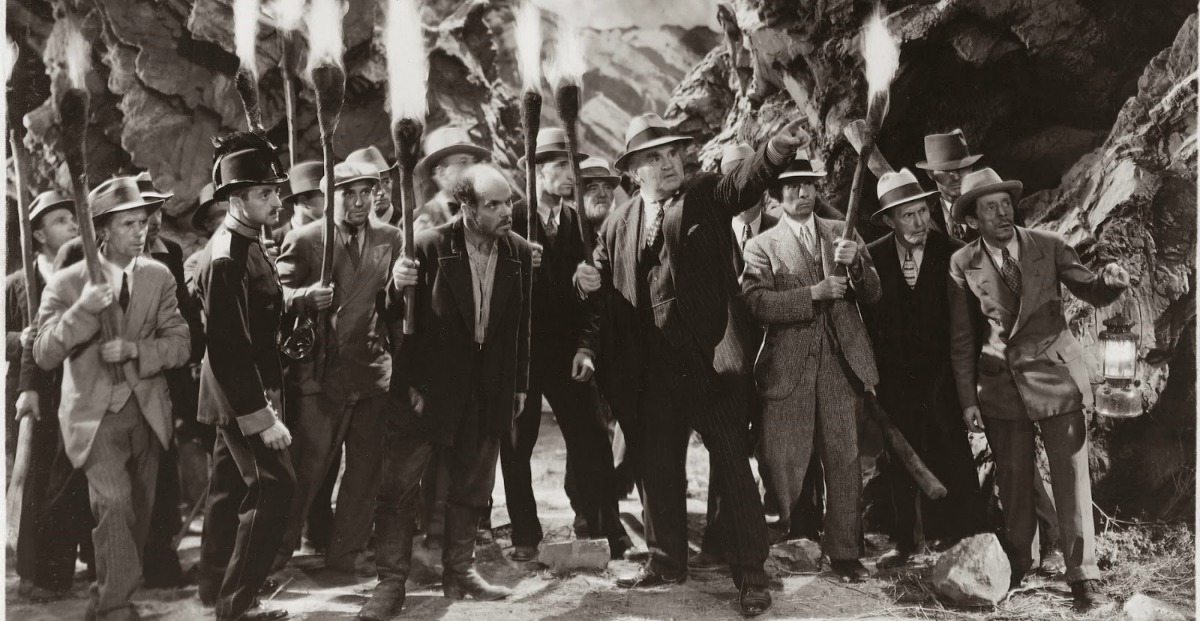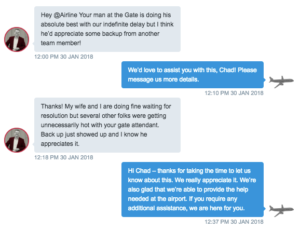Angry Villagers Are Coming For Your Employees – What Will You Do?

Recently, I found myself in a six-hour holding pattern waiting to board a repeatedly delayed flight. After about three hours into the ordeal, passenger patience had evaporated, and people began to take out their frustrations on the sole gate attendant. The scene was akin to one of those monster movies in which enraged villagers with torches and pitchforks storm the castle.
The level of discontentment escalated quickly. After approximately 20 minutes of abuse, the attendant excused himself and practically ran down the runway gate to our waiting plane—possibly to find a quiet place to cry. Unfortunately, when he returned to the waiting area, the abuse began again with renewed vigor.
Here’s how the rest of this story played out on Twitter and in real life (or “IRL” as the gamers say).
The ability to generate conflict seems ingrained in the human species and often fires up when the current reality doesn’t match our expectations. Wow, can we behave badly when that happens?!
Here’s a big question for you to ponder: When frontline conflict erupts, do you allow your people to be abused in the name of business?
Your knee-jerk reaction to this question will likely be, “Of course not.” But dig deeper and think about the tone set from the top and the possible points of vulnerability within your organization.
Ask questions like:
Do we have a “customer-first” philosophy and how does this play out in real life?
Do we have our employees’ backs? And do they know this?
Does running lean mean that we occasionally place our employees in vulnerable situations? (e.g., only one gate attendant assigned to deal with 70 upset passengers for over six hours)
What tone am I setting as a leader? Is it one of safety and security, or is the primary message, “We always get it done?”
Are we training our front-line folks how to diffuse conflict and handle tense situations?
The gate-side imbroglio that I witnessed didn’t warrant a CEO marching out to handle the problem. However, similar situations are outliers of larger, systemic organizational issues that DO require a CEO’s attention.
As leader, you have a duty to ensure that the mantra, “Our customers come first,” doesn’t become synonymous with “We take abuse from our customers.” You have a duty to maintain an environment of safety and security for your employees. And, finally, you have a duty to not place employees in situations where they’re vulnerable and open to abuse.
So, the next time you find your organization sending one employee to manage a crowd of angry villagers, ask yourself, “Do we allow our people to be abused in the name of our business?” The answer might surprise you.

